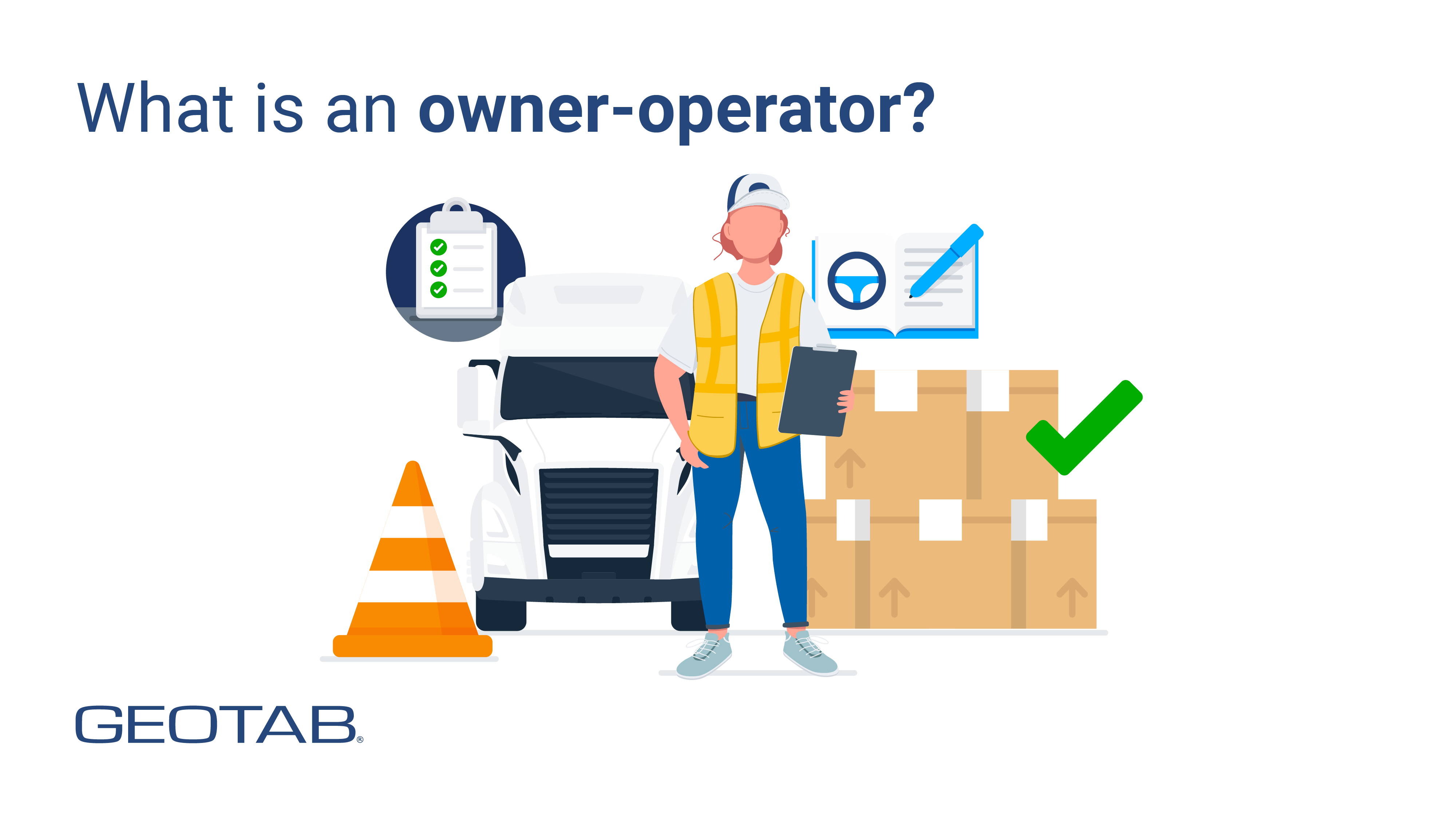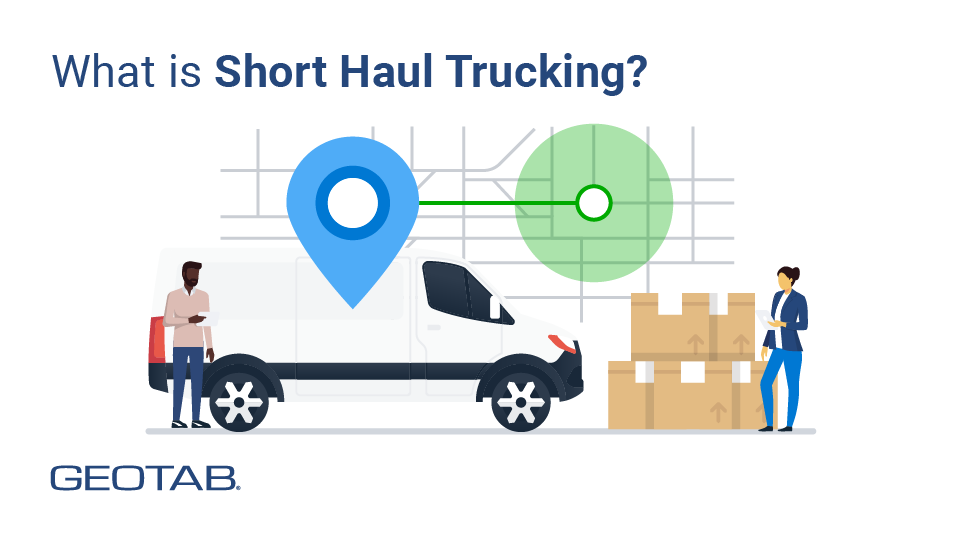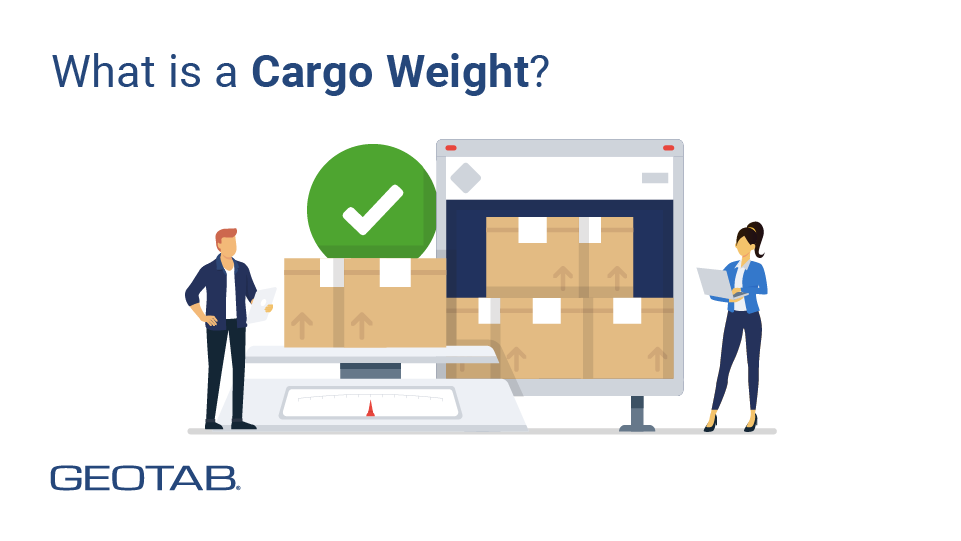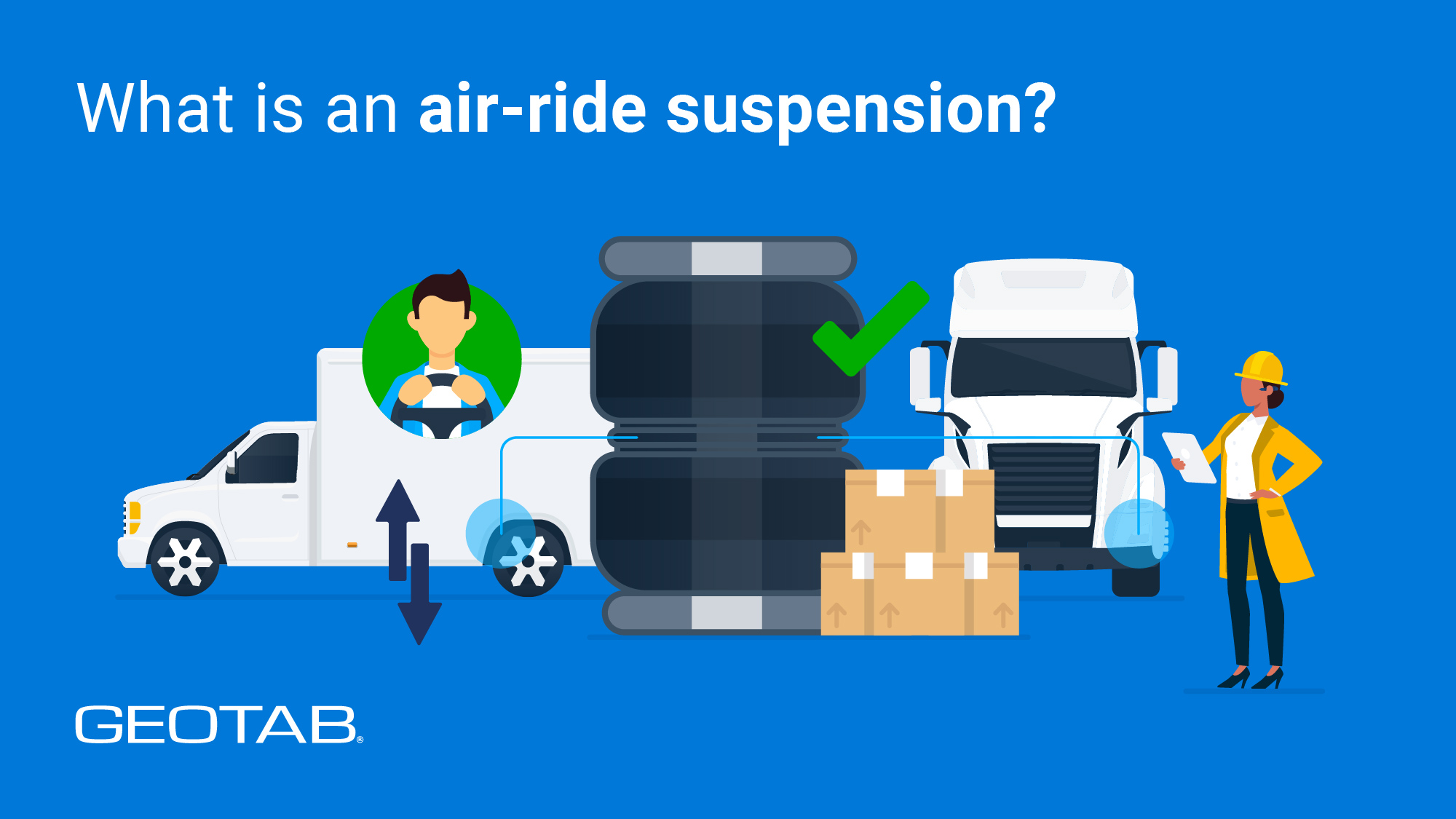What is an owner-operator?
May 5, 2025
•6 minute read

Definition
- An owner-operator is a self-employed businessperson who owns and operates a commercial trucking business.
An owner-operator is a self-employed businessperson who owns and operates a commercial trucking business. They are the chief decision maker of their commercial fleet, often the only executive voice making strategic business decisions.
Many owner-operators begin their careers as commercial drivers who work for large trucking companies. After gaining experience, some will venture out on their own to become entrepreneurs. As independent contractors, owner-operators have the freedom to select the type of freight they carry, the carriers they work with, and spot rates they charge for short haul trucking and long haul shipments.
Prerequisites for becoming an owner-operator
Experienced truck drivers can choose to become owner-operators of their respective commercial fleets. However, there are a few other prerequisites that must be met before an existing truck driver can build an independent trucking business.
Obtaining a commercial driver's license (CDL)
Since owner-operators must wear multiple hats—sales, order management, customer service, financial planning—they need numerous credentials. However, one of the most important is a commercial driver’s license (CDL), since an owner-operator—as an operator—is frequently tasked with personally delivering freight loads to their customers.
A CDL is typically classed as either a Class A license, a certification to drive larger tractor-trailers or 18-wheelers, or a Class B license, which allows you to operate box trucks or straight trucks. Verify that your CDL and other certifications align with the type of freight you’ll carry and the carriers who will be your commercial partners. It’s essential to receive the proper certifications so that you maintain compliance and legally protect yourself as an owner-operator.
These are the general qualifications to obtain a CDL.
- You must be at least 18 years old
- Have a valid G or M driver’s license
- Successfully pass a medical examination and an eye test
- Pass a written driver’s test about operating large commercial trucks
- Complete a mandatory training program
- Obtain CDL certification by successfully passing a commercial vehicle road test
Setting up a business entity
As an owner-operator, you must obtain the necessary licenses and permits to operate your commercial trucking business and maintain compliance with the law. Before you acquire a license or permit, you must first decide what type of business you’ll operate—sole proprietorship, partnership, corporation, LLC, etc.
Once you’ve selected your business type, you can incorporate or register your business. The registration process legally establishes your business entity. After establishing your business entity, you can acquire insurance for your delivery fleet and maintain compliance as you build your business.
Responsibilities of owner-operators
Owner-operators are hands-on managers that oversee the strategic, logistical, and financial aspects of the business. These are some core responsibilities that an owner-operator must manage.
Securing Loads
Properly secured loads aren’t just necessary for safety and compliance. They help customers receive their ordered goods in excellent condition. As an owner-operator, you’re responsible for protecting your reputation as a trusted delivery driver.
You should place straps over your loaded freight, and you can tie a rope with a ball to the end of the strap to help secure the shipment. Make sure you have a properly designed winch bar to loosen or tighten winches. This will also help you maintain a secure grip as you secure your load. You can also refer to the National Safety Code Cargo Securement Standard for more guidelines on how to properly secure loads and maintain compliance.
Maintaining equipment
Regular equipment maintenance keeps you and your entire fleet safe. Make sure you schedule routine maintenance checks to verify all equipment is up to code and in no way endangers your safety.
Here are some of the best ways to run regular vehicular maintenance checks:
- Conduct routine oil inspections on every truck in your fleet
- Check the tires, fluids, and brake systems at the end of every delivery
- Run monthly examinations of the air filter, electrical system, and exhaust system
- Perform wear-and-tear cabin inspections on seats, seatbelts, and dashboard instruments
- Inspect the lubrication, cooling, steering, and suspension systems
- Calibrate your electronics and check for leaks in your fuel system
Handling financial operations
Staying profitable is essential to running a healthy commercial trucking driving business. As an owner-operator, you’re responsible for overseeing the financial aspects of your business and finding efficient ways to reduce costs and improve margins.
It is recommended to run an expense tracking system that audits your fuel costs, maintenance fees, insurance premiums, and any incurred tolls on your delivery routes. Running regular expense audits provide data-backed evidence of where the business is most cost-efficient and what changes need to be made to improve profitability.
Compensation models for owner-operators
According to the American Trucking Association’s Driver Compensation Study, the median truckload driver salary increased by ten percent over the last two years, with a median annual salary of around $76,000 USD. As owner-operators, there is potential for higher earnings, depending on factors like experience, service markets, and the several compensation models you establish in your business.
Flat rate compensation
In flat rate compensation models, drivers earn a fixed amount per shipment, regardless of load size or the distance between distribution centres. This structure provides predictable income and steady earnings.
While the pay remains consistent, the loads themselves can vary slightly. However, most flat rate shipments tend to follow standard sizes and weights. This consistency makes it easier to secure freight safely and efficiently, reducing risk when loading or unloading. You’re also more likely to drive familiar routes, which helps streamline route planning and improve overall efficiency.
Conversely, flat rate compensation models have one limitation. Since you agree to flat rate terms, the load doesn’t always account for higher value or long-distance loads. As a result, this limits your potential to maximize earnings on more demanding hauls.
Percentage of revenue compensation
Percentage of revenue compensation models allow owner-operators to take a predetermined percentage of total revenue from their loads. These percentages are determined based on the type of trucking used to transport the loads, agreements with participating carriers, and other factors, such as the following:
Long-haul vs. short-haul trucking: Long-haul trucking has the potential to earn higher percentages of revenue due to the amount of distance travelled per load. Drivers are compensated at higher rates for longer amounts of time spent between loading and unloading sites.
Carrier agreements: Your revenue percentage can also depend on the terms you negotiate with carrier partners. These agreements typically factor in load weight, travel distance, and the type of product being hauled. Many carriers are open to negotiating fair and competitive rates based on these variables.
Equipment: The condition and capabilities of your truck and equipment can also impact your compensation percentage. If delivering certain loads requires upgrades or specialized gear, that may be a reasonable factor to bring into revenue percentage discussions.
Mileage-based compensation
In a mileage-based compensation model, you’re compensated on a per-mile basis. There’s no distinction between driving with a loaded freight, or after you’ve unloaded the cargo. You receive compensation for every mile that you’re out on the road.
Pros and cons of being an owner-operator
There are several advantages and disadvantages to pursuing a career as an owner-operator in the commercial trucking industry. These are a few of the biggest examples:
Pros
Autonomy and flexibility
As an owner-operator, you’re responsible for working in the business and on the business. You wear multiple hats, serving as both the executive leadership and the hands-on facilitator of shipments between your carriers and distribution centres.
This affords an incredible amount of autonomy and flexibility. You accept the loads and negotiate the fulfillment dates. You plan the delivery routes and make hiring decisions to expand your fleet of drivers. Entrepreneurial-minded commercial truck drivers usually thrive in the role of running their businesses and determining the best way to operate.
Potential for higher earnings
Drivers who work for employers have hard caps on the compensation they’re entitled to earn. Owneroperators have greater potential to increase revenue to grow their trucking business and net much higher compensation as the business grows.
Running your own business allows ample opportunities to prove the value of your services. Maintaining a perfect order fulfillment rate, especially ahead of agreed-upon delivery schedules, demonstrates the reliability of your commercial fleet. Higher carrier satisfaction rates improve the brand reputation of your business, affording increases in service prices and higher earnings per load.
Cons
Financial risks
One of the greatest challenges for an owner-operator is financial instability. As the business owner, the responsibility for negotiating with carriers and acquiring new loads falls on your shoulders. If you don’t have enough volume of work, the business loses its financial footing.
These financial risks are part of being an owner-operator. A driver working for a trucking company understands how much money they’ll make from week to week or month to month. An owner-operator’s earning potential is far more fluid and unstable.
Increased responsibilities
Since an owner-operator is technically both an employer and an employee, you must assume the responsibilities of both roles. You must have excellent project management and time management skills, juggling multiple tasks to work both in the business and on growing the business.
Owner-operators vs company drivers
There are two distinct differences between owner-operators and company drivers. In both cases, the distinctions are related to ownership of a business and responsibilities within that business.
Owner-operators
An owner-operator is an independent, self-employed contractor who owns or leases a fleet of commercial delivery vehicles. They are responsible for all aspects of managing the business, including securing loads, maintaining equipment, and controlling company finances.
They have full control over how the business is managed, assuming responsibility for all the growth and risks to the business. As a result, they have higher earning potential as their business grows, but they also are subject to incredible financial risks if they’re unable to secure new loads and forge relationships with new carriers.
Company drivers
Company drivers are employees of a trucking business, who may become employees of new owner-operators as their businesses grow. As employees, they’re tasked with driving the commercial trucks that are owned or leased by owner-operators. Their responsibilities include fulfilling each order and sticking to the established company policies and procedures.
Due to their primary responsibilities, company drivers exert less control over the business itself. As a result, they have fewer tasks to manage, which also limits their earning potential. However, those earnings may also include additional benefits like health insurance, vacation pay, and possible contributions to a pension plan.
Other Stories

March 20, 2025
4 minute read

March 20, 2025
3 minute read

What is an air-ride suspension? The pros and cons
March 13, 2025
2 minute read